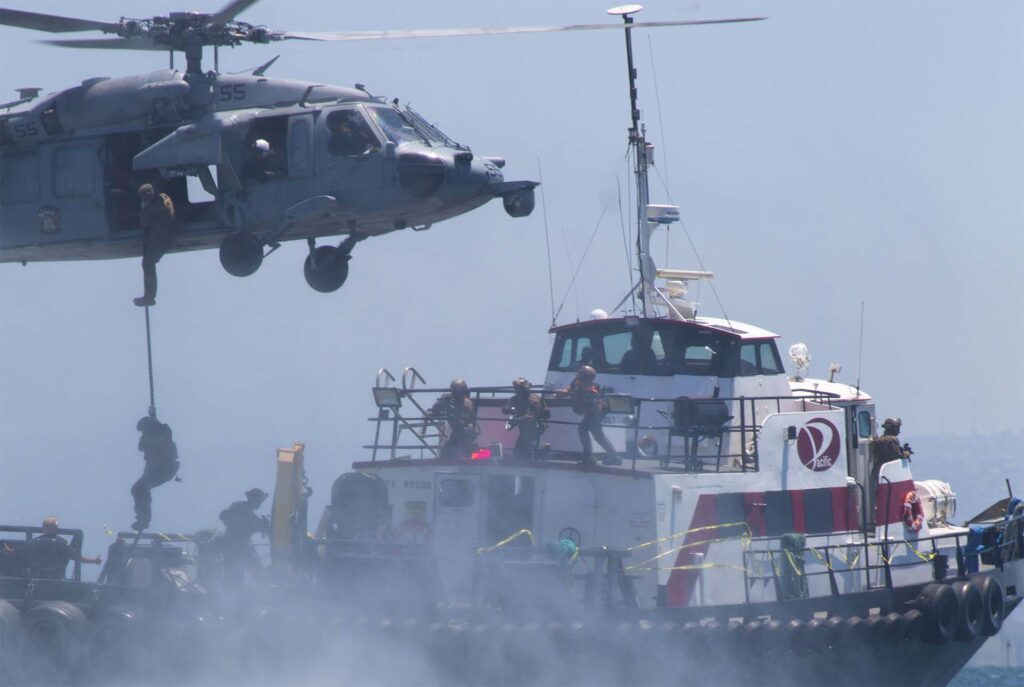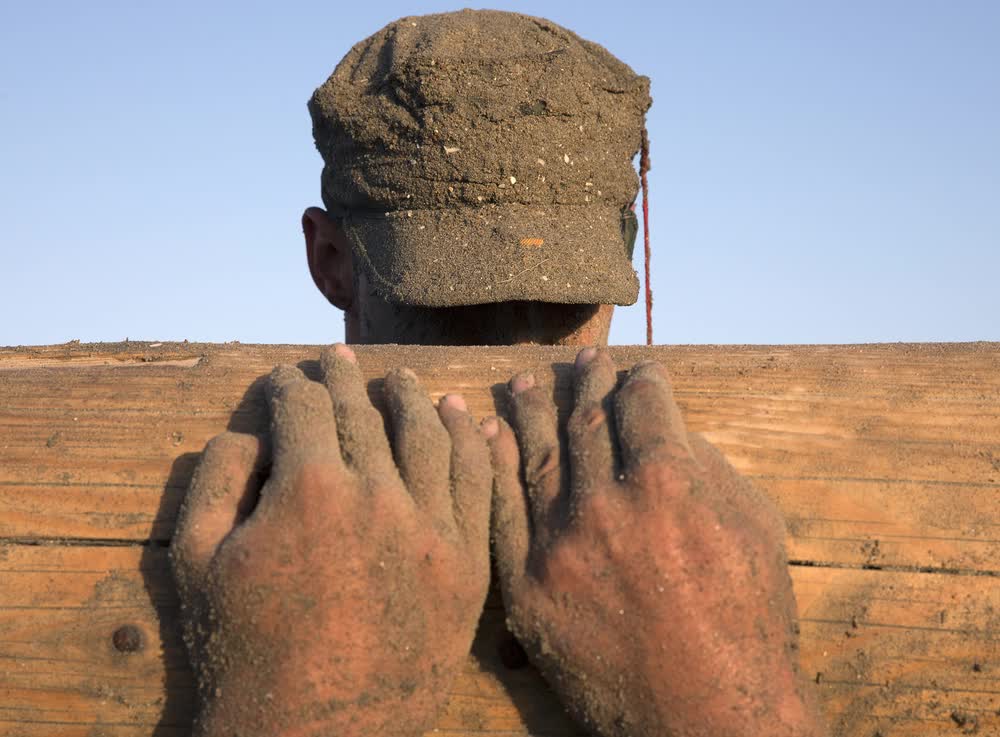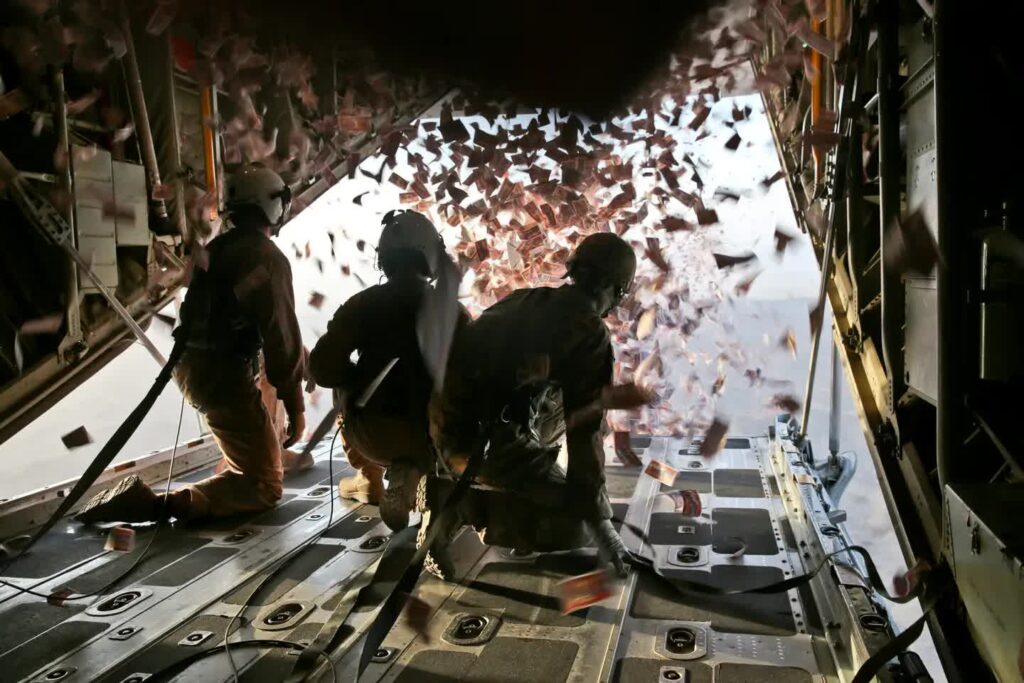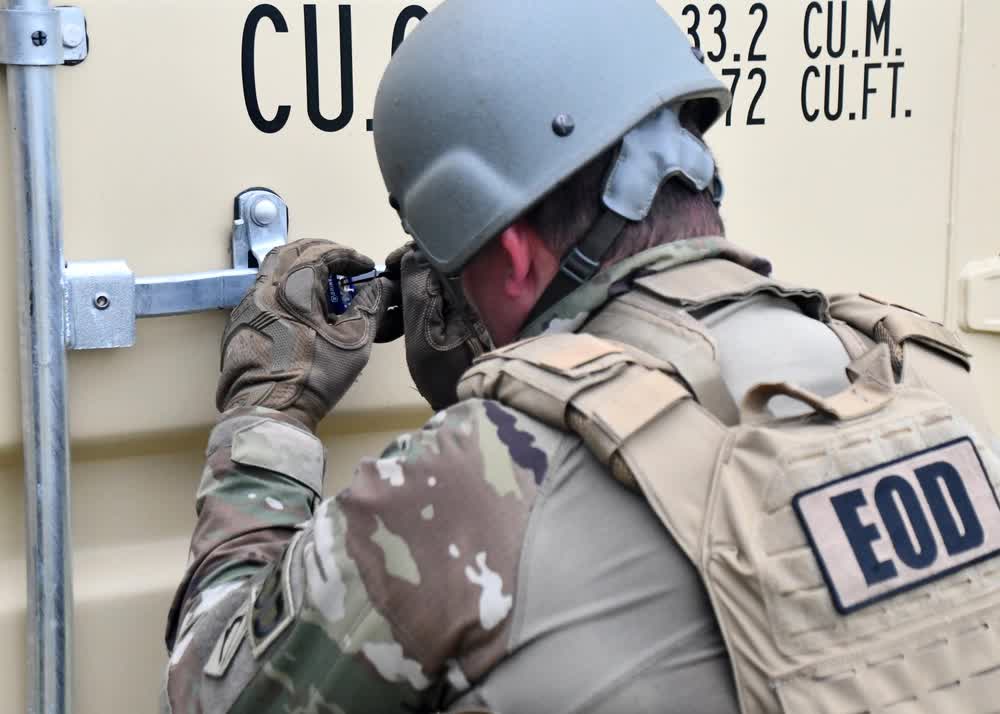One of the more esoteric acronyms that exist within the world of Special Operations Forces (SOF) is VBSS. I would guess that most people, possibly even the majority of non-SOF military personnel, do not know what it stands for or the tactic it describes. Let’s face it: the U.S. military is renowned for its multitudinous array of acronyms. VBSS is just one more that seems largely to be unknown or, at best, little understood.
VBSS stands for Visit, Board, Search, and Seizure. It refers to the act of approaching and boarding a maritime vessel for the purpose of searching it, and then possibly seizing contraband, or prosecuting some other specified target on the vessel in question.
Related: Jetpacks and commandos: How to take down a ship
What are VBSS operations for?
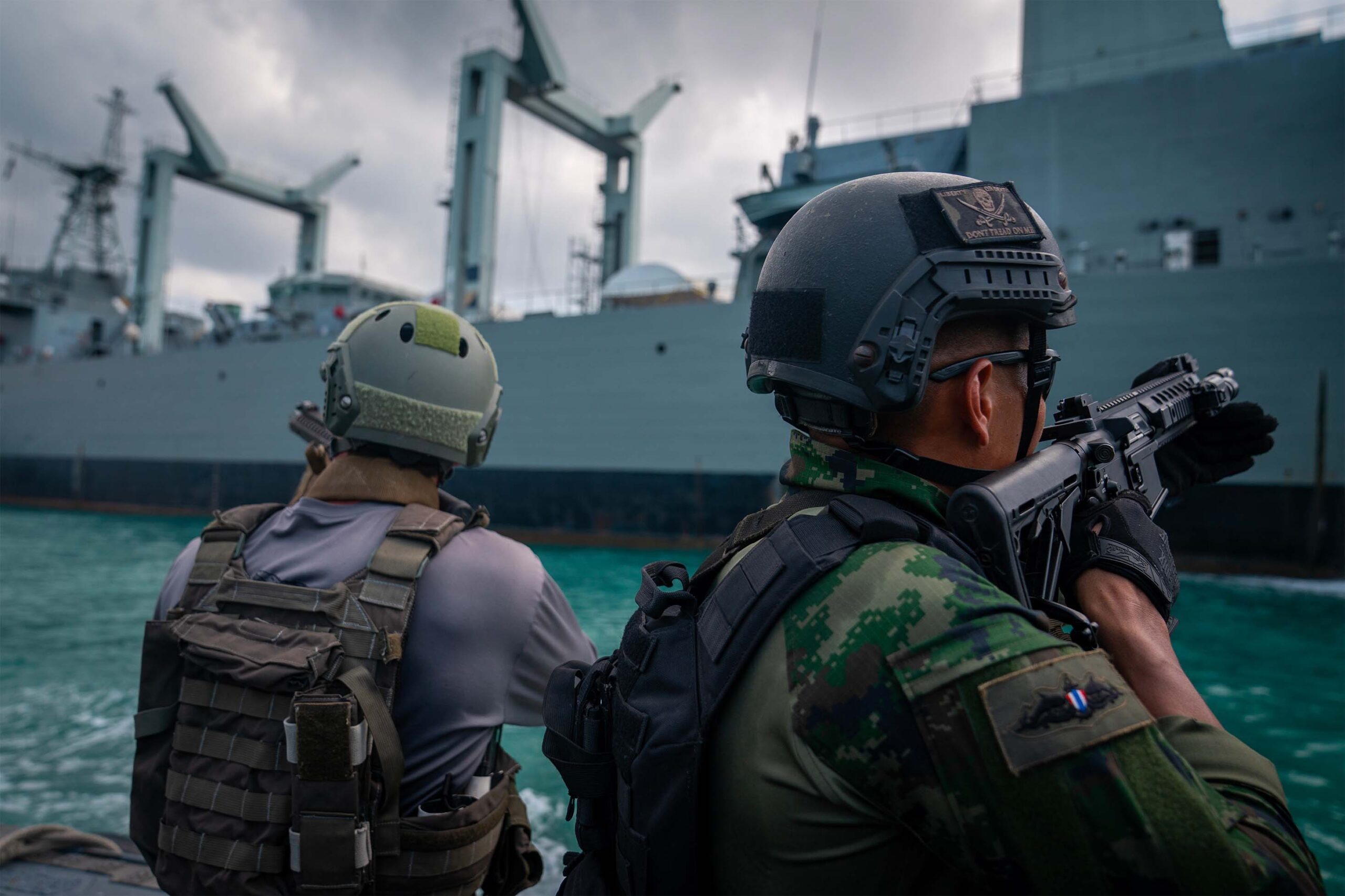
By way of a concrete example, in January of 2002, a ship called the Karine A was illegally transporting 56 tons of Iranian weapons through the Red Sea for delivery to the Palestinian Authority during the PA’s “Second Intifada (uprising).”
In what was reportedly a closely-worked joint intelligence operation between the United States and Israel, the ship was identified and located, and Israeli naval commandos from Shayetet 13 then proceeded to execute a VBSS operation on the freighter. They boarded it both from naval vessels and helicopters (via fast rope, in what is referred to as HVBSS, where the “H” stands for helicopter). According to an account available in Amos Gilboa’s 2021 book, “A Raid on the Red Sea: The Israeli Capture of the Karine A” it went something like this:
“At 4:00 AM the commandos in the two boats on opposite sides of Karine A’s stern used a classified device to project a grappling hook with a rope ladder 23 feet above and onto the ship.”
The commandos then climbed the ladder, and along with the HVBSS-inserted Israeli Shayetet 13 personnel, seized control of the vessel and the weapons aboard it. That, in a nutshell, is what VBSS signifies.
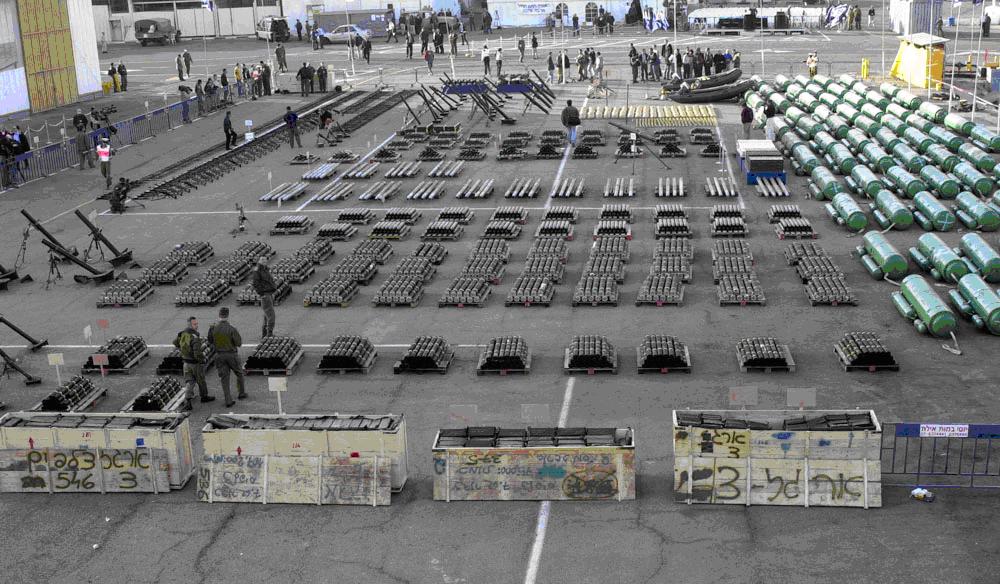
VBSS operations might also target a person of interest on board a naval vessel, as the U.S. Navy’s Sixth Fleet operations after 9/11 attempted to do in what was—at the time—called “Leadership Interdiction Operations” (LEO). The thought was that some al-Qa’ida senior leadership (AQSL) figures might attempt an escape from Afghanistan via sea lanes. Likely given its landlocked status, this never proved to be a viable escape route for AQSL, as none were ever discovered trying such an egress from the region.
Related: SDV: The secret weapon of the Navy SEAL Teams
How Special Operators conduct VBSS operations
Commandos are typically in boats smaller than the larger vessels they are attempting to board. This means that their crafts are closer to the surface of the water than the decks of the larger ships, which means the commandos must thus ascend from the smaller boats to the larger. This is often accomplished via a steel caving ladder that is either propelled up to the deck with some sort of launcher, or raised up while attached to a pole with a grappling or large single hook at the top that secures the ladder to the deck of the target vessel.
Climbing a steel caving ladder up the side of a large naval vessel—which can be anywhere from a 20-foot to a 50-foot climb, or higher—is difficult given how the ladder rests flush against the hull of the vessel. This makes hand and footholds exceedingly difficult to capture during the climb.
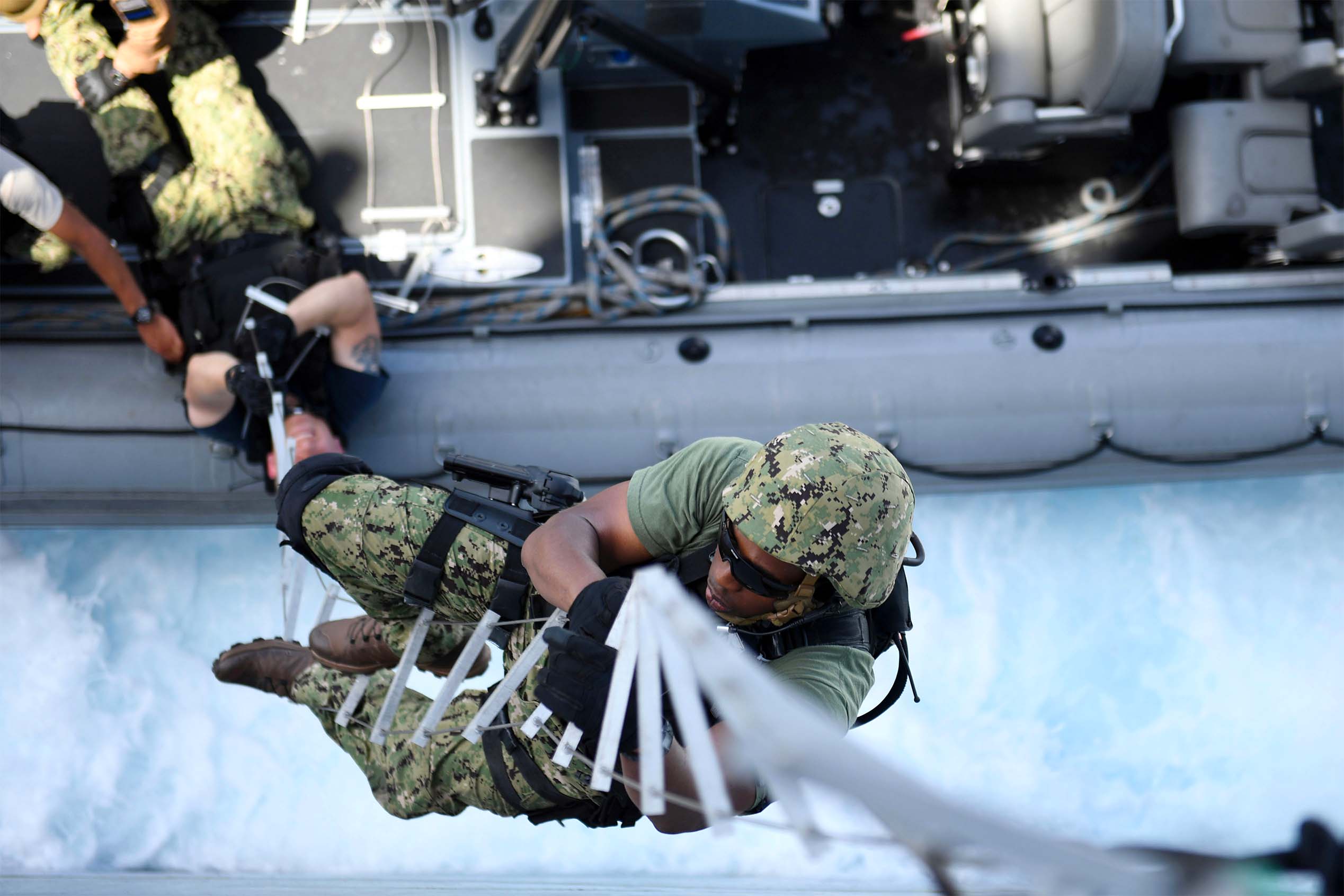
This issue can sometimes be overcome by using a telescoping pole constructed of carbon fiber or some other durable material instead of a caving ladder. The pole would have steps on its sides, and attached spacers to keep the pole/ladder somewhat separated from the hull of the target vessel.
VBSS is most commonly executed from a SOF surface vessel — such as a SEAL combat rubber raiding craft (CRRC) or Mark V Special Operations Craft — but can also be performed by sub-surface combat swimmers using the telescoping pole technique to board the vessel. The pole would, of course, have to be transported by the combat swimmers in their infiltration swim, which is cumbersome, but not impossible.
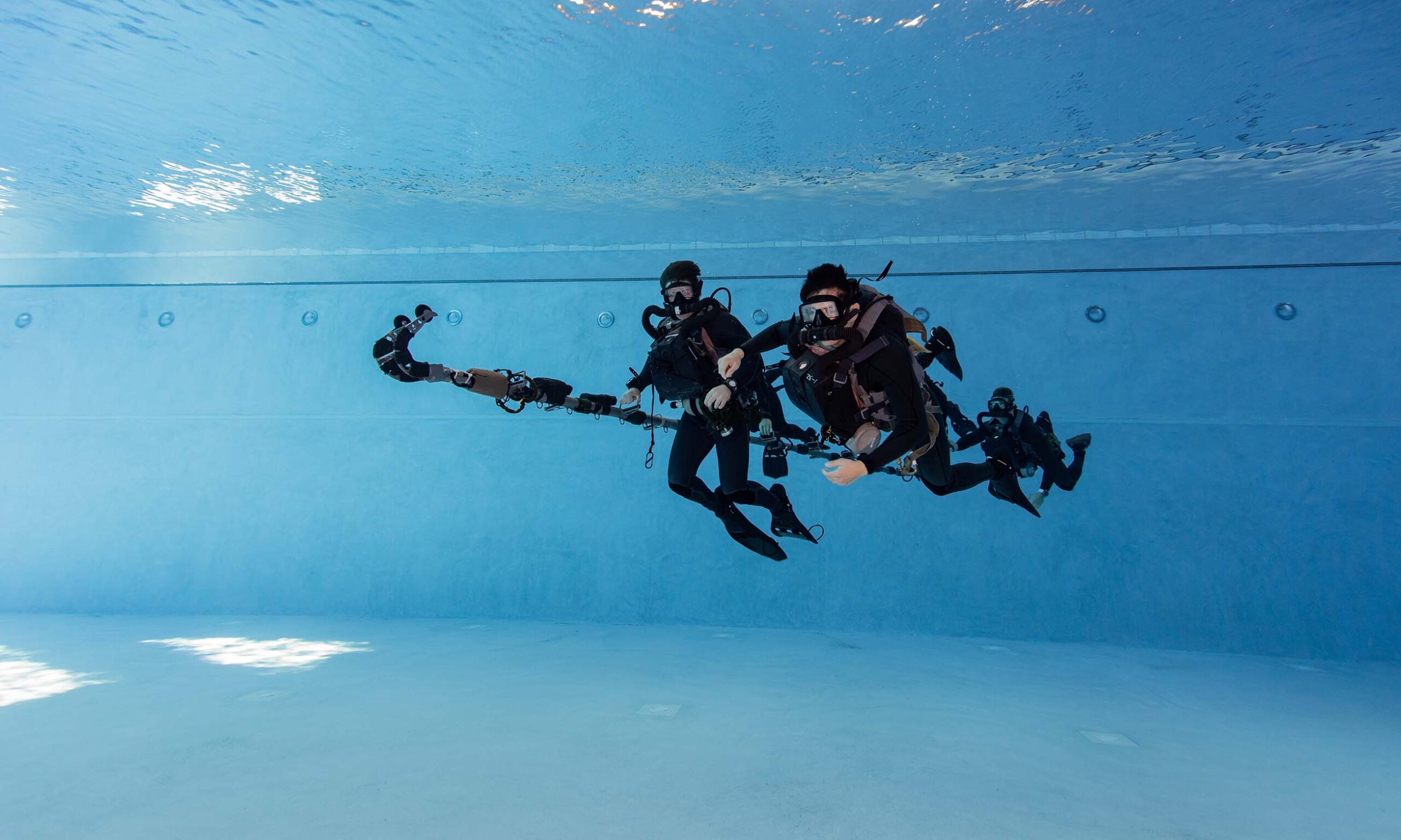
Once the swimmers arrive on target, they would then set the hook, pole, and ladder, and board the vessel.
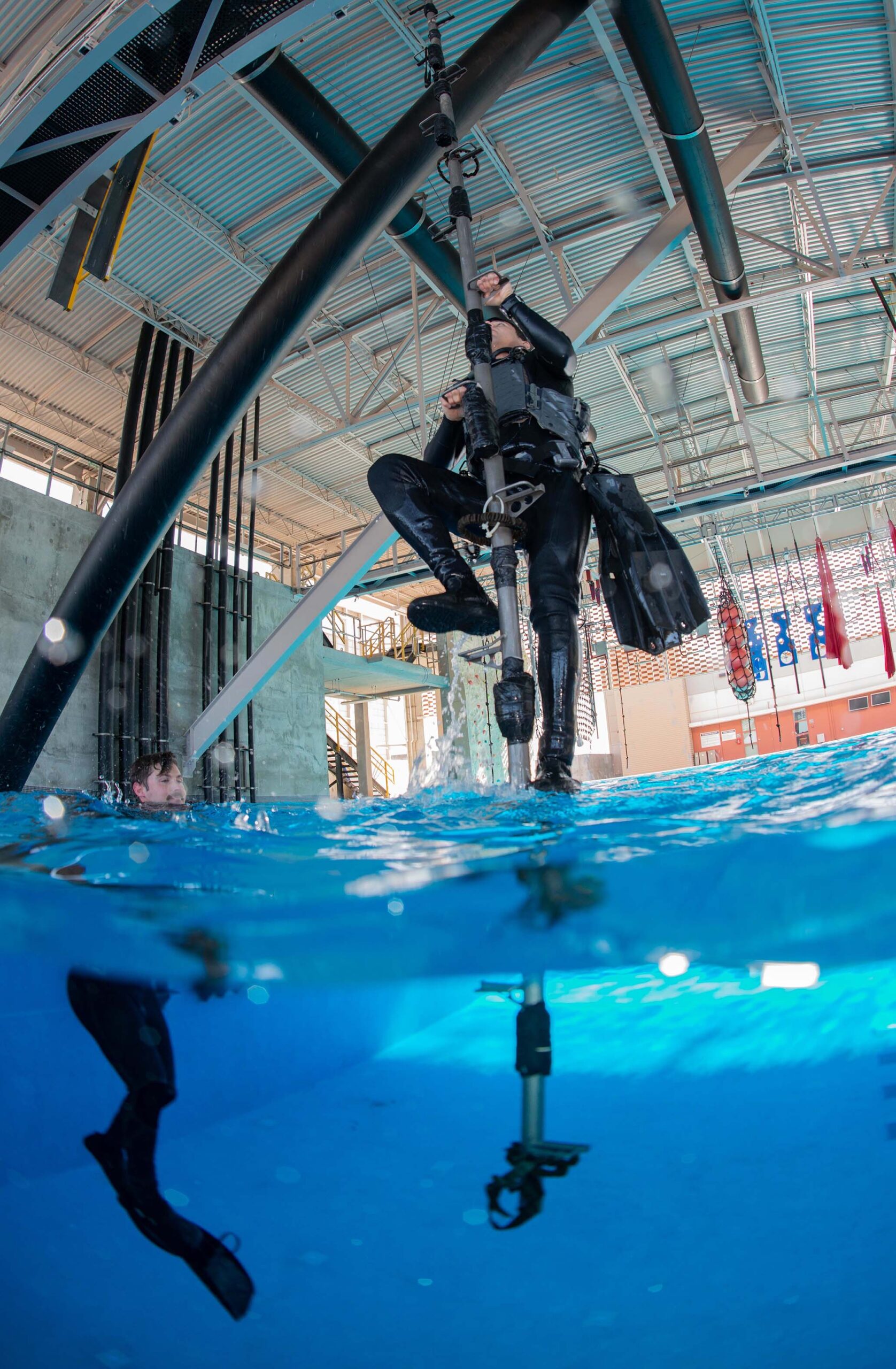
Training Complex. (U.S. Navy photo by Mass Communication Specialist 2nd Class Alex Perlman)
Related: The men with the green faces: The birth of the Navy SEALs
VBSS is not only a SOF mission, of course, and I would guess that the U.S. Coast Guard, non-SOF U.S. Marines, and the conventional U.S. Navy execute more VBSS operations in any given year than Navy or Marine SOF ever do. The Navy employs specially-trained VBSS teams for such operations, and the Coast Guard likely executes the most VBSS operations in any given year given its law enforcement mission to interdict illegal drugs coming into the United States by sea. Coast Guard at-sea safety inspections of civilian vessels would also technically fall under the umbrella of VBSS.
The more sensitive and/or dangerous a VBSS operation is, the more likely it would fall to SOF units — MARSOC or the Navy SEALs — to execute. This was the case with the post-9/11 LEO task force set up by the U.S. Sixth Fleet. Whatever the target of such a raid, the successful execution of it requires extensive training and rehearsing.
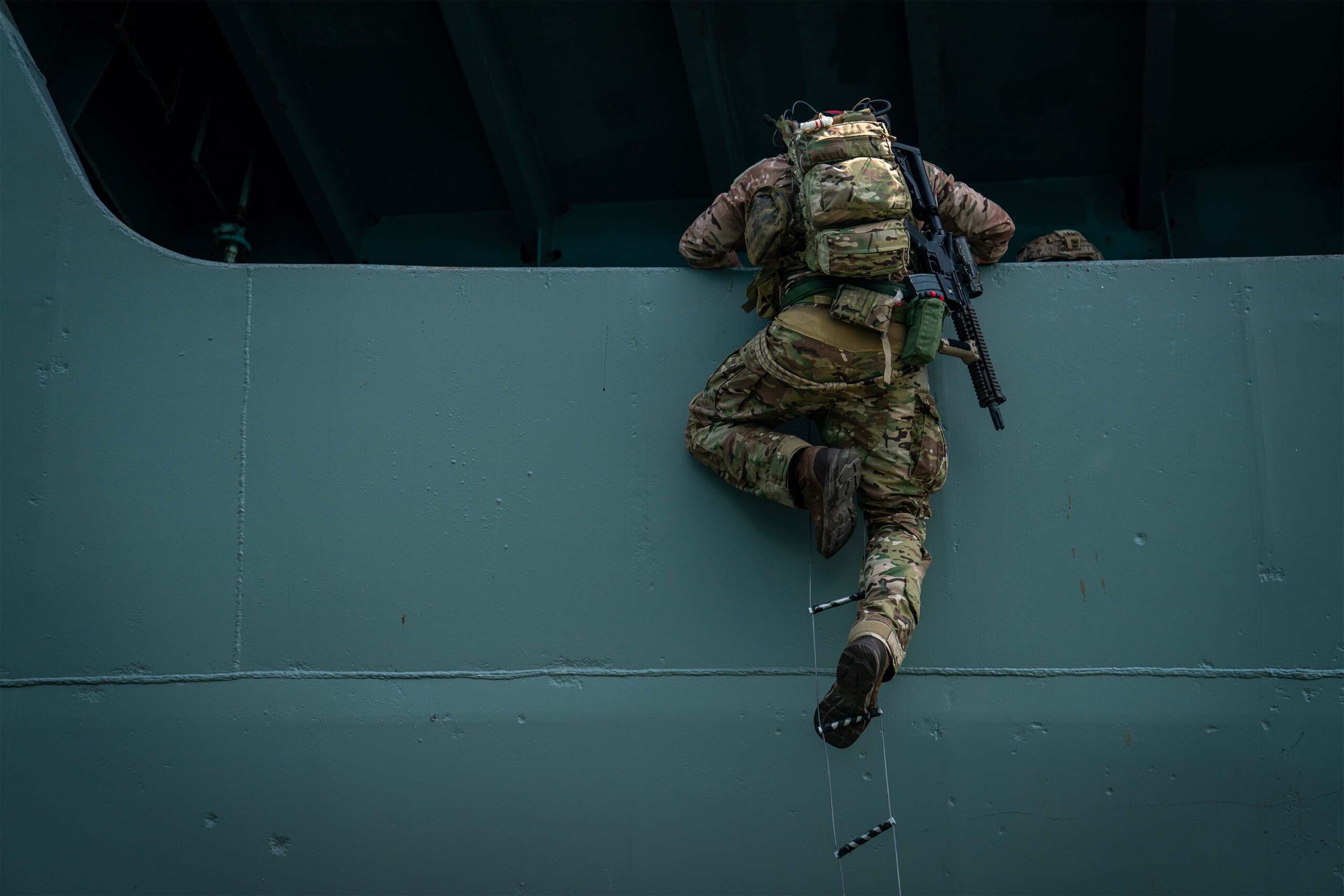
It also requires a bit of luck as weather can affect the operation (think of the impact of high seas on a small SOF boat and the operators trying to ascend the ladder from it), as can plain old bad luck. It can be hard to find a spot to hook the ladder, the crew of the vessel might get wind of the VBSS as it is beginning and attempt to impede the boarding, or equipment failure can beset the operation. All have played a role in thwarting or delaying VBSS operations in the past.
VBSS remains an important mission set for both maritime SOF elements, as well as conventional maritime units in the U.S. military. Hopefully, you are now better informed on just what that mission set entails.
Editor’s Note: This article was originally published in February 2022.
